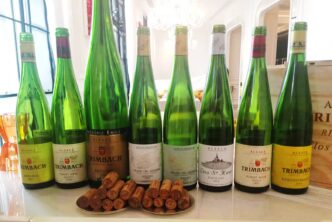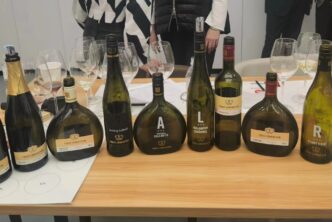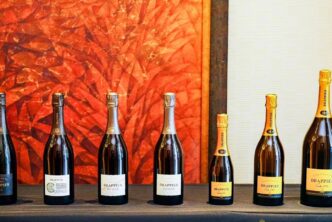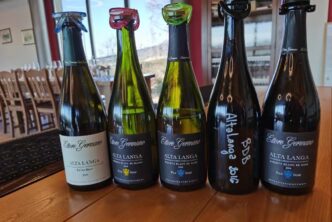XiaoLing winery is located in China’s Yunnan province and makes some of the country’s best wines. I have written before that the winery makes one of the most atypical Cabernet blends of the country and the world, and that is still true. Though made mostly with Cabernet Sauvignon, the estate’s Grand Vin tastes more like if it has been made with large percentages of Cabernet Franc and/or Cabernet Gernischt (which as I have written before, should NOT be taken to be Carmenère: I refer you to my past articles on this subject here at the TerroirSense Wine Review: Sept 24, 2021, Cabernet Gernischt, a Chinese grape variety and wine and May 12, 2021: Cabernet Gernischt, Marselan and Peitit Manseng: Three Chinese budding wine stars) and even of Pinot Noir.
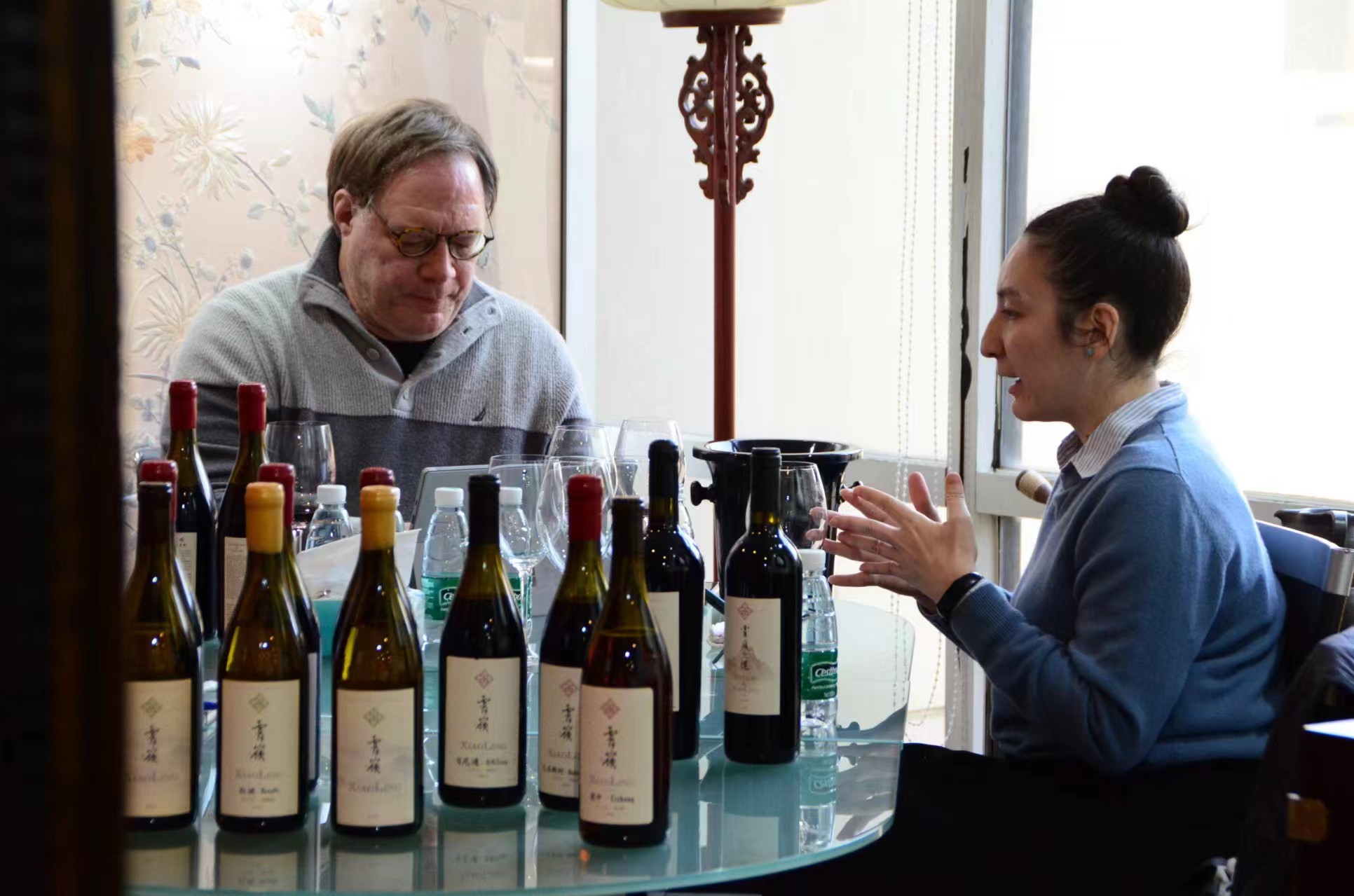
The statement that XiaoLing’s wines bring Pinot Noir to mind may not be as out in left field as it sounds, given the Burgundian background of Bertrand Cristau, XiaoLing’s Chief Executive Officer and major shareholder. While he has lived in China for over forty years and is married to a Chinese lady, his family is related through the maternal side to the famous house of Bouchard Père et Fils, and his XiaoLing estate consultant is famous Burgundy winemaker Sylvian Pitiot (Pitiot is the second largest shareholder of XiaoLing, but is best-known as having been general manager of Clos de Tart for decades, besides an author of best-selling books and maps detailing the crus of Burgundy like was never done before he did so). But XiaoLing is an atypical producer of Bordeaux blends in that, while it makes one Grand Vin called Xiaoling tout court, it also makes many wines from small plots and bottles them separately, like they do in Burgundy, rather than assembling them all and bottling them as one wine, as is normally done in Bordeaux. These individual bottlings of mostly Cabernet Sauvignon wines are part of XiaoLing’s “TerroirSeries” of wines, and they are exciting for sure. So yes: Bordeaux blends treated as if they were Burgundies, as strange as that may seem; but it needs to be underlined how this is an almost normal way of life in Yunnan, where the very famous Ao Yun estate, another world-class Chinese winery in Yunnan owned by LVMH, is also doing the same (though the village plots from where they make their wines differ from those of XiaoLing’s).
The winery and the land
XiaoLing means “the clouds on top of mountain peaks”, and given where the winery’s located, on the banks of the Upper Mekong River at about 2100 meters above sea level, tells you someone had their thinking cap on when they decided for that name. It could not be any truer. Yunnan’s gorgeous Shangri-la area, where XiaoLing is situated, in the just as gorgeous Chinese province of Yunnan is now the home to many wineries making very fine wines that are turning heads. In this light, XiaoLing is a bit of a forerunner, given it was one of the first modern-day wineries to set up shop here. The climate there is of the humid alpine plateau type, with irregular amounts of rainfall (the wettest month only has about 200 mms of rain), with noteworthy temperature variations (from summer’s 26 degrees Celsius to winter’s 3 degrees Celsius: the average diurnal temperature variation range is 13-16 degrees Celsius). Therefore, knowing all that, making very perfumed, medium-bodied red wines high in acidity that have very little in common with behemoth-like, mouthcoating, fleshy reds normally associated with Cabernet Sauvignon should be expected here, and is in fact the norm.
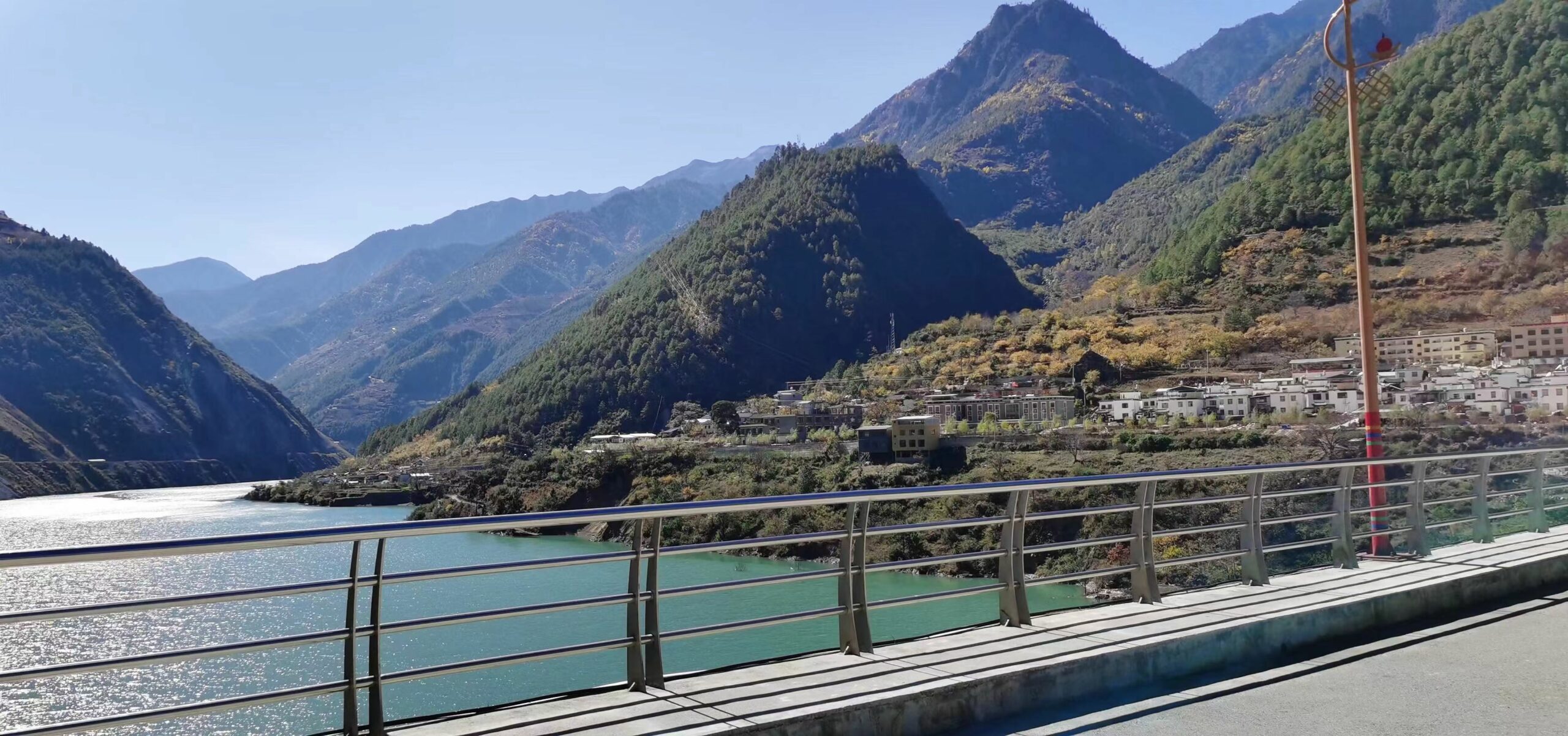
XiaoLing farms mostly ungrafted vines spread out in numerous distinct and small vineyard plots in various villages, each with its own specific terroir. These plots are located between 2000-2800 meters above sea level and are farmed by twenty-three local families under the supervision of the estate and with whom XiaoLing has long-term rental and work agreements (a third major shareholder of the estate is still the Les Sentiers du Ciel (SDC), a non-governmental organization created in France with the goal of helping the development and the growth of local populations that have had historic ties to France). Not all villages are planted with the same grape varieties. For example, red grapes (mostly Cabernet Sauvignon, but there’s a little Merlot and even Baco Noir, a hybrid locally called Rose Honey, though that is name used for one and possibly two other distinct varieties in China) are grown in the villages of Badongxicun; Rinitong; Cizhong; Rimi; Tsekou (also known as Cigu; Jiunongding; Rizui (3 plots). Chardonnay is grown in Hongpo, and Jiangpo. Note that XiaoLing’s Grand Vin carries the name of Cizhong on its label but this refers to the estate’s address, or the village the winery is associated with, not a single source of grapes and so the word “Cizhong” is written extremely small on the label as opposed to how large the names of the other villages are on the TerroirSeries of wines. There is also a second vin that pairs with the Grand Vin, and it is called Sentiers de XiaoLing, really a very good buy given the quality in the bottle. In the future, the estate is planning to plant a little Syrah, but there are in fact other grapes it is also considering giving a try.
As a general rule, those vineyards located north of the winery (where the hamlets of Jiunonding, Rizui, and Hongpo are located), are blessed by a much warmer and drier climate, as opposed to the southern ones [where the hamlets of Badong, Tsekou (Cigu), Cizhong and Rimi are found], where rainfall is copious and the Cabernet Sauvignon does not always fully ripen (so much so that Cristau repeated to me what he has told me before, and that is that they are considering planting varieties such as Albariño, more tolerant of shadow-rich and wet habitats. The soils in the northern and southern areas are also remarkably different, with the vineyards in the North, compared to those of the South, characterized by soils with a greater percentage of sand (as much as 80% of the total soil makeup), less clay and with virtually no gravel.
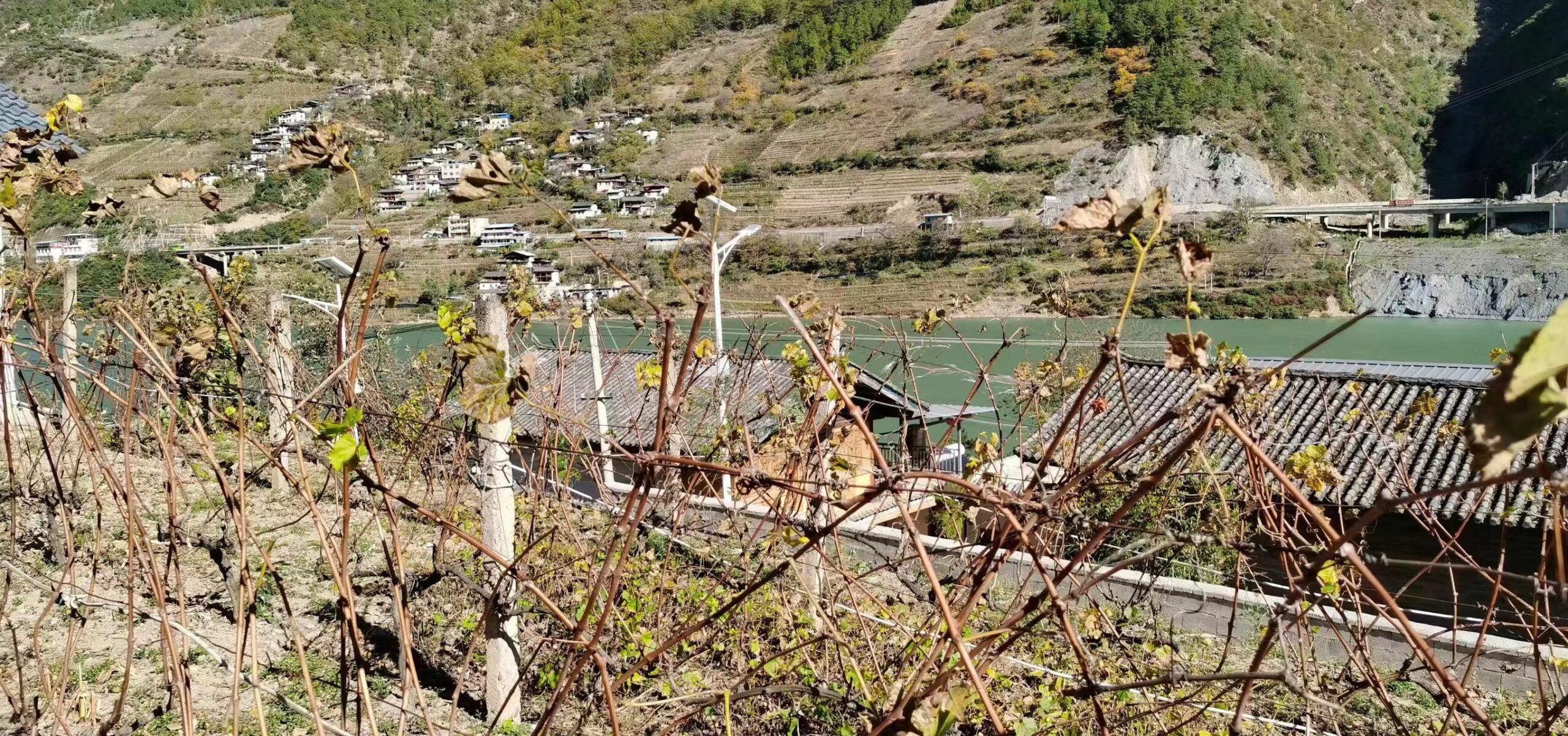
The winemaking
Grapes are hand-harvested and hand-destemmed by teams of two to three dozen locals of Tibetan descent/origin. The alcoholic fermentation is carried out in traditional Chinese clay pots, that in China are commonly used for Chinese white alcohol (Baijiu) or Yellow wine (Huangjiu) fermentations. The wines are aged mostly in French oak barrels, though a small percentage is also aged in stainless steel tanks and clay amphoras. The estate’s first vintage was the 2014, when 3000 bottles of wine were made. Production has increased progressively since then, reaching the current annual production of 12,000 bottles, but it really depends on the vintage’s growing season characteristics. Production will not exceed 12,000 bottles/year until the new cellar in Cizhong will have been completed. The winemaker is currently Feng Jian (the previous winemaker was Mu Chao), while the Viticulture manager is Li Da; a young local lady, Amu, is in charge of all the day-to-day tasks of running the cellar and the winery.
The wines in this tasting
I tasted all the wines in this report directly from barrel in the company of Xiaoling CEO Bertrand Cristau and his daughter, who follows marketing and sales.
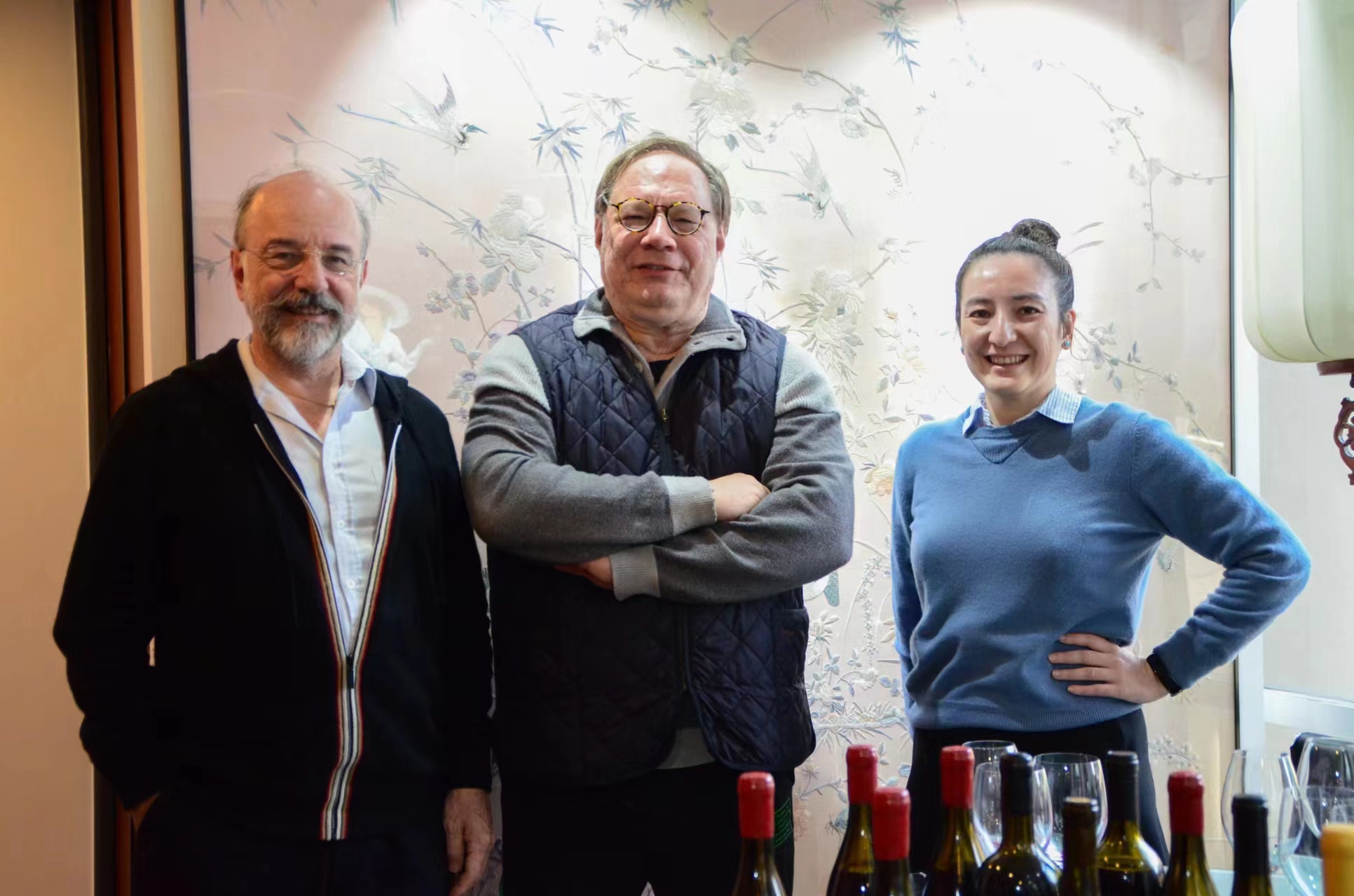
Xiaoling 2021 White Wine Shangri-La Yunnan 91
Pale straw yellow. Aromas and flavours of banana, peach, apple and pear with hints of vanilla and sweet herbs. Nicely rounded and lemony, with very little oak presence (aged twelve months in one fill used oak barrels). Very good, lovely round and sweet on the long finish. Spent about one year on the lees. Very good, but strikes me as a little less concentrated than the 2018. The highest vineyard of all those owned by Xiaoling at 2700 meters above sea level. Drinking window: 2024-2030.
Xiaoling 2021 Hong Po White Wine Shangri-La Yunnan 93
Good full yellow. Glyceral aromas and flavours of beeswax, yellow orchard fruit, honey and botanical herbs. Slightly chewy and round thanks to some skin contact. Closes long and fresh. The wine’s name, hong po, means the “red slope”, even though it’s a white wine. Drinking window: 2024-2029.
Xiaoling 2022 Rosé de Xiaoling Shangri-La Yunnan 87
Pretty medium-deep pink colour. Strong nots of bell pepper on the nose and in the mouth that complement the raspberry and red cherry aromas and flavours. The aftertaste is long but a little wild. Not as good as I remember this, I find it a little harsh: Baco Noir has trouble ripening in some vintages and I don’t think this was fully physiologically ripe at the time of picking. Still, lightly chilled on a hot summer day, this will certainly prove refreshing. 100% Baco Noir, or Rose Honey. Drinking window: 2024.
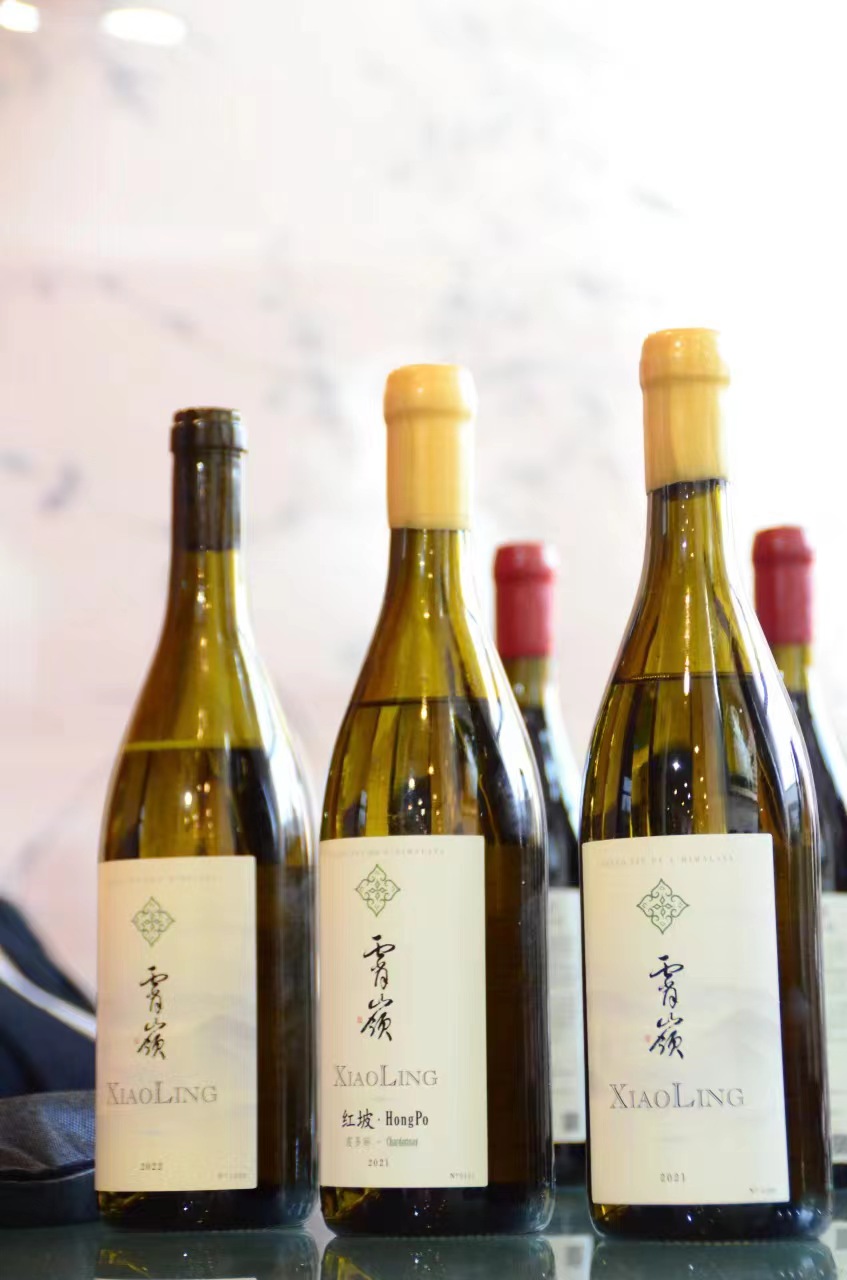
Xiaoling 2020 Sentiers de Xiaoling Shangri-La Yunnan 93
Bright red. Very fruity, clean and fresh on the nose and in the mouth, with lovely dark fruit nuances that are complicated by menthol, coffee and cocoa. Cabernet Sauvignon mostly, but a large portion of Merlot goes into this wine and you can tell, from its greater immediate fruitiness and fleshiness. Strikes me as an exceptionally good Sentiers, that’s ready to drink now but will age. Drinking window: 2024-2030.
Xiaoling 2019 Tsekou Shangri-La Yunnan Terroir Series 88
Luminous ruby-red. Aromas dominated by red fruits, with an obvious mineral edge, on the perfumed, fresh but slightly simple nose. Similar flavours, with a youthfully chewy, slightly rustic mouthfeel on the medium-long finish. 100% Cabernet Sauvignon planted in 2003-2005. It’s a good wine, but you can tell this is more of a villages-level quality site compared to vineyards that are more premier or grand crus in the terroir series lineup. The Tzekou vineyards are located at about 2000 meters asl, and believe it or not, are amongst the lowest of the estate. Drinking window: 2024-2028.
Xiaoling 2019 Rimi Shangri-La Yunnan Terroir Series 91
Bright red with a hint of garnet; slightly lighter in colour than the Tzekou. Spicy candied quality complicates red fruit and herbs. Strawberry, cinnamon and candied violet flavours that really had me thinking Cabernet Franc though there is none in the blend. The aftertaste is long and suave. This vineyard area is located on the left bank of the river (compared to Tzekou, which is on the right) and is characterized by some of the steepest slopes of the property. More complex and layered than the Tzekou wine. Drinking window: 2026-2032.
Xiaoling 2019 RiNiTong Shangri-La Yunnan Terroir Series 95
Good full ruby. Candied red fruit and blue flowers, with hints of cedar and mint. Nicely complex and polished in the mouth, with silky tannins nicely framing the flavours of ripe red fruit, coffee, and candied violet. Very long and suave finish. These grapes grow at about 2200 meters asl, where there is a 15% slope gradient and an east/southeast orientation. I am finding that this is always my favourite wine from Xiaoling almost every year; it’s never the biggest or thickest, but for sure it is usually the most well-balanced, boasting sweetness and perfume, of the entire Terroir Series wines. Drinking window: 2026-2036.
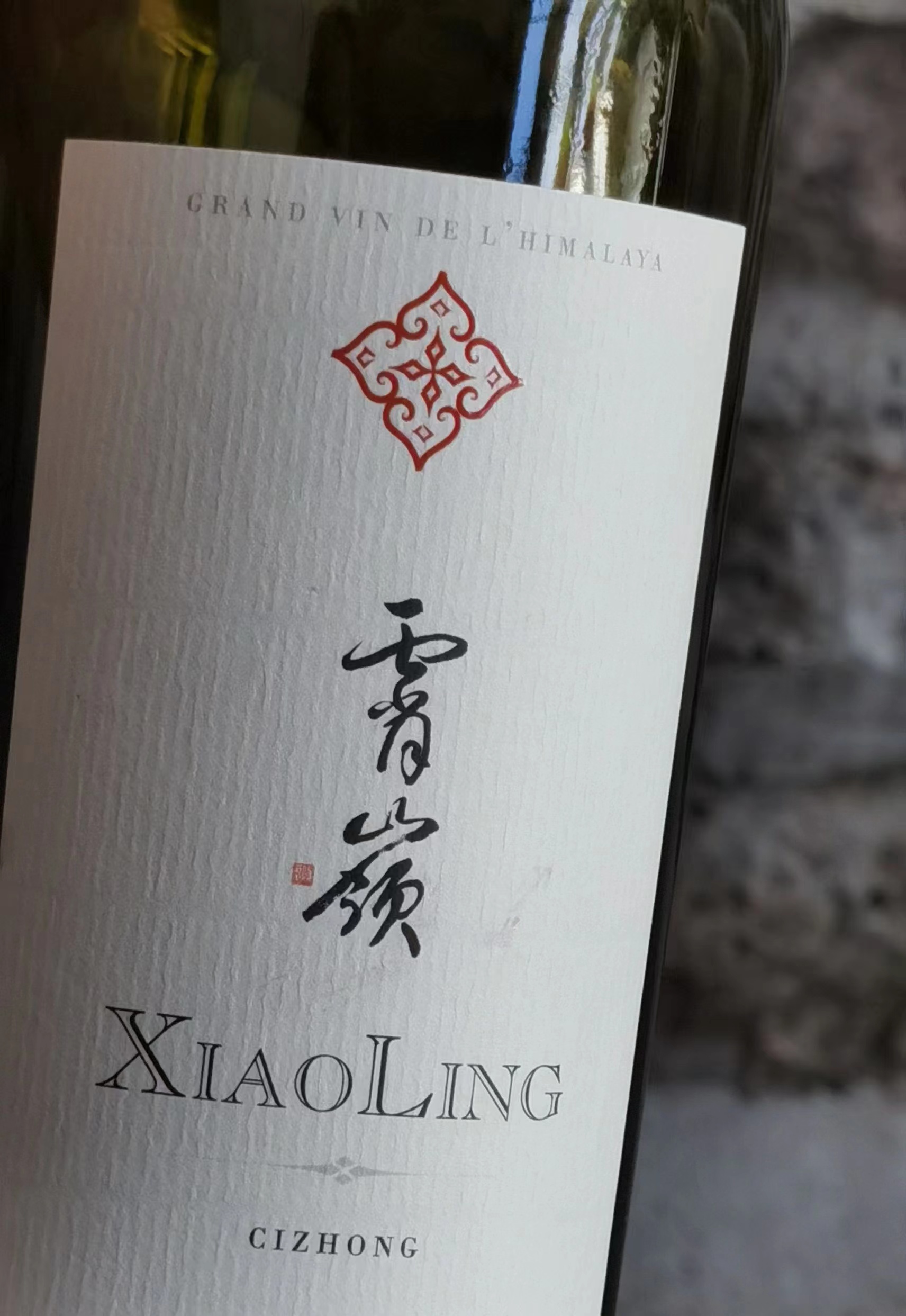
Xiaoling 2019 RiZui Shangri-La Yunnan Terroir Series 94
Moderately opaque ruby-red. Coffee and cocoa dominate the nose along with botanical herbs. Much deeper, darker-fruited and richer too than many of the wines in the Terroir Series, and it’s a style of wine that will undoubtedly have many fans (there’s probably a little bit of Merlot co-planted among the Cabernet Sauvignon vines, all west/southwest facing). The clay in the soil makes the Merlot not such a bad thing; it’s also a much windier, drier and warmer site, all of which explain this wine’s rather different organoleptic profile and texture. Very impressive. Drinking window: 2026-2038.
Xiaoling 2019 JiuNongDing Shangri-La Yunnan Terroir Series 94
Deep red-ruby. Perfumed, crisp aromas of blue and red fruit, with minty nuances. Then rich round and clean flavours of blackberry, cassis, smoke and herbs. Finishes round and fleshy, boasting very good maturity of fruit and hints of coffee and cocoa on the sweet finish. A 75% Merlot (old vines) and 25% Cabernet Sauvignon blend aged 22 months made from grapes grown at 2350 meters asl, from two nearby plots. This is an outstanding red wine from China. Drinking window: 2027-2038.
Xiaoling 2019 Cabernet Sauvignon JiuNongDing Shangri-La Yunnan Terroir Series 94
Another outstanding wine from Xiaoling. Deep vivid ruby colour. Cedar, mint, blackberry and violet dominate the nose and in the mouth. Very long and polished, with a peppery nuance on the long mouth-coating but noble finish. 100% Cabernet Sauvignon. Drinking window: 2027-2039.
Xiaoling 2020 Xiaoling Shangri-La Yunnan Grand Vin 94+
Bright ruby-red. Perfumed aromas and flavours of redcurrant, violet, orange peel, candied violet, minerals amd potpourri are very refined. Sweetly spicy clean and fresh, with very high acidity that still needs to resolve but that nicely extends the flavours on the long vibrant focused back end. Red and blue fruit, pepper and cinnamon repeat on the finish. This is made with grapes from all of the estate’s vineyards, save for the villages-level bout all the Zekou and Rimi. A blend of 94% Cabernet Sauvignon and 6% Merlot (the 2017 Grand Vin had 15% Merlot, the 2018 about 12%; in the early days, 2014 and 2015, the Grand Vin was 100% Cabernet Sauvignon because at the time they did not have, or did not know they had, Merlot. Drinking window: 2030-2045.

 中文
中文
